Curious about the price tag of keeping your cool during scorching summers? Discover the nitty-gritty of window air conditioning costs in this captivating introduction.
From energy consumption to maintenance expenses, we’ll uncover the secrets behind the dollar signs and help you make informed decisions about running your trusty window AC unit.
How Much Does It Cost to Run Window AC?
In general, central air conditioners tend to come with a heftier price tag compared to window AC units. The average cost to operate a window AC unit typically ranges from $0.06 to $0.88 per hour, based on the national average electricity rate of $0.13 per kilowatt-hour (kWh).
It’s important to note that this estimation assumes an eight-hour daily usage by the homeowner. These figures shed light on the varying expenses associated with running window air conditioners, helping homeowners gauge the potential costs and make informed decisions about their cooling needs.
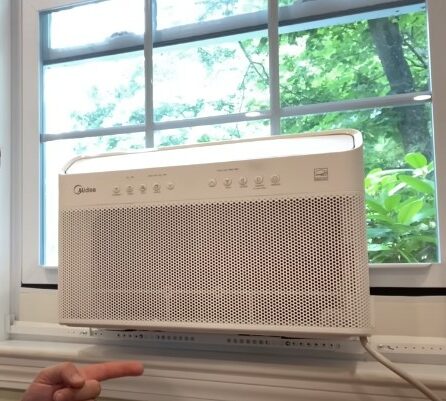
What Are the Different Factors Affecting the Overall Cost to Run Window AC?
Cooling Capacity
Cooling capacity is a crucial factor that significantly impacts the overall cost of running a window AC unit. The cooling capacity is measured in British Thermal Units (BTUs) and determines how effectively the air conditioner can cool a given space.
If the cooling capacity of the unit is insufficient for the room size, the AC will work harder and consume more energy to achieve the desired temperature, leading to increased costs. On the other hand, an oversized unit may cool the room quickly but will cycle on and off frequently, consuming unnecessary energy and resulting in higher bills.
It is essential to choose a window AC unit with an appropriate cooling capacity that matches the size of the room. By doing so, homeowners can ensure optimal cooling performance while minimizing energy consumption and ultimately reducing the overall cost of running their window AC.
Energy Efficiency
Energy efficiency plays a crucial role in determining the overall cost of operating a window AC unit. Units with higher energy efficiency ratings, such as those with an Energy Star certification, consume less electricity while delivering the same cooling output.
These energy-efficient models are designed with advanced technologies, such as variable-speed compressors and programmable thermostats, which optimize energy usage based on cooling needs. By investing in an energy-efficient window AC unit, homeowners can significantly reduce their electricity bills over time.
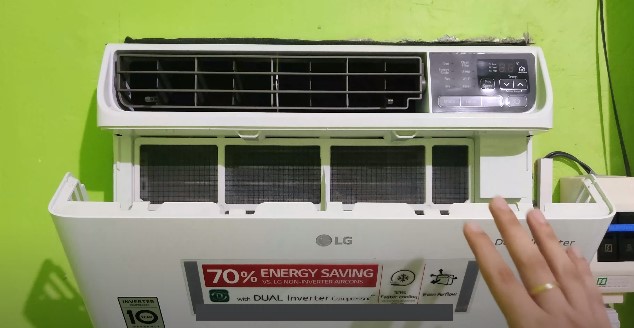
Additionally, features like sleep mode and energy-saving modes further contribute to conserving energy and lowering costs. It’s important to consider the Energy Efficiency Ratio (EER) and Seasonal Energy Efficiency Ratio (SEER) when selecting a window AC unit, as higher ratings indicate better energy performance, leading to long-term savings on operational expenses.
The Number of Units
The number of window AC units installed in a household is a significant factor influencing the overall cost of operation. Each unit adds to the total energy consumption and subsequent expenses. Having multiple units running simultaneously significantly increases electricity usage.
It’s crucial to assess the cooling needs of each room and consider whether a centralized cooling system or a combination of window units would be more cost-effective. Consolidating cooling into a single central air conditioning system can potentially lead to better energy efficiency and reduced costs compared to running multiple window units.
Furthermore, maintenance and repair costs are multiplied when multiple units are involved, adding to the long-term expenses. Careful consideration of the number of window AC units needed in a home can help homeowners strike a balance between comfort and cost-effectiveness.

Comfort Level
The comfort level desired by the occupants of a space is a significant factor that affects the overall cost of running a window AC unit. The temperature preference and cooling requirements vary from person to person, and some individuals may prefer cooler indoor environments than others.
Setting the thermostat at lower temperatures or running the AC unit for longer durations to achieve a higher level of comfort can increase energy consumption and subsequently raise costs. Properly managing the thermostat settings and finding a balance between comfort and energy efficiency is crucial.
Additionally, factors like humidity control and air circulation also contribute to the comfort level. Window AC units equipped with features like adjustable fan speeds, dehumidification capabilities, and air direction control provide enhanced comfort options while ensuring energy efficiency, thereby impacting the overall cost of running the unit.
Features
The features incorporated into a window AC unit can significantly influence the overall cost of operation. Advanced features like programmable thermostats, timers, and energy-saving modes allow users to customize and regulate the cooling cycles more efficiently.
By setting specific temperature ranges and scheduling operating hours, homeowners can optimize energy usage and reduce costs. Units equipped with sleep mode or night mode are designed to automatically adjust the temperature and fan speed for optimal comfort during nighttime hours, further enhancing energy efficiency.
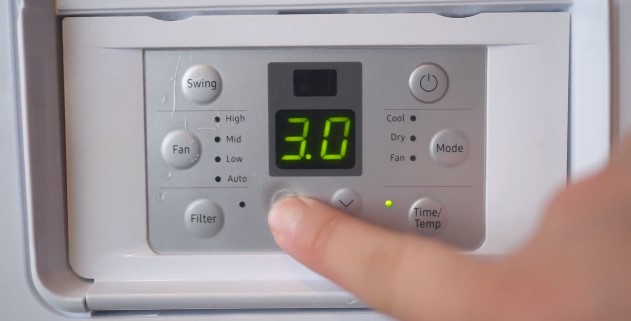
Additionally, units with smart connectivity offer remote control access and energy monitoring features, allowing users to make real-time adjustments and keep track of energy consumption. While AC units with extensive features may have a higher upfront cost, their ability to maximize energy efficiency can result in long-term savings on operational expenses.
Brand
The brand of the window AC unit can have an impact on the overall cost of running it. Well-established and reputable brands often invest in research and development to create energy-efficient models.
These units are designed with advanced technologies and high-quality components, resulting in better energy performance and lower operating costs. Although units from renowned brands may come with a higher initial price tag, they can provide long-term savings through improved energy efficiency and durability.
Additionally, reputable brands usually offer better customer support, warranty coverage, and access to replacement parts, reducing the potential maintenance and repair expenses over time. Choosing a trusted brand can provide homeowners with peace of mind, knowing that their window AC unit is not only reliable but also cost-effective in the long run.
How to Save Money When Running a Window Air Conditioner?
Running a window air conditioner can bring much-needed relief during hot summer months, but it can also lead to increased energy costs. Fortunately, there are several ways to save money while running a window AC unit.

By implementing these strategies, you can stay cool and comfortable without breaking the bank.
Optimize Temperature Settings
Setting the thermostat at a moderate temperature can save significant energy and reduce costs. Aim for a comfortable yet efficient temperature, typically around 78 degrees Fahrenheit (25 degrees Celsius). Avoid setting the AC unit too low, as each degree cooler can increase energy consumption by 3 to 5%.
Utilize Energy-Saving Modes
Many modern window AC units come equipped with energy-saving modes. Activate these modes, which adjust the fan speed and compressor to optimize energy usage without compromising comfort. Energy-saving modes can significantly reduce electricity consumption and ultimately save you money.
Programmable Thermostats and Timers
Take advantage of programmable thermostats and timers, if available in your unit. Program the AC to turn on shortly before you arrive home or wake up, ensuring a comfortable environment without running the unit unnecessarily.
Similarly, use timers to automatically turn off the AC when you’re not at home or during cooler nighttime hours.
Maintain Proper Insulation
Proper insulation is key to keeping the cool air inside and preventing warm air from infiltrating your space. Insulate doors, windows, and any gaps or cracks that may allow air leakage. This ensures that the cool air produced by the AC unit stays inside, reducing the need for constant cooling and saving energy.
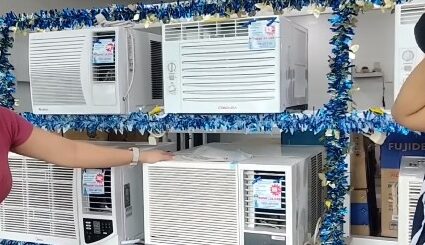
Use Fans to Supplement Cooling
Employing fans alongside your window AC unit can help circulate cool air more efficiently. Position fans strategically to create airflow throughout the room, allowing the AC to cool the space evenly and effectively.
The fans can help disperse the cool air, making the room feel more comfortable even at slightly higher temperatures.
Regular Maintenance
Regular maintenance of your window AC unit can improve its efficiency and reduce energy consumption. Clean or replace the filters as recommended by the manufacturer to ensure proper airflow. Dirty filters can obstruct airflow, forcing the unit to work harder and consume more energy.
Additionally, inspect the unit for any debris or obstructions, and clean the condenser coils if necessary.
Seal and Insulate Ducts
If your window AC unit has ducts, ensure that they are properly sealed and insulated. Leaky or uninsulated ducts can lead to significant energy loss and decreased cooling efficiency. Seal any gaps or leaks with duct tape or sealant, and insulate the ducts with appropriate materials to prevent energy waste.
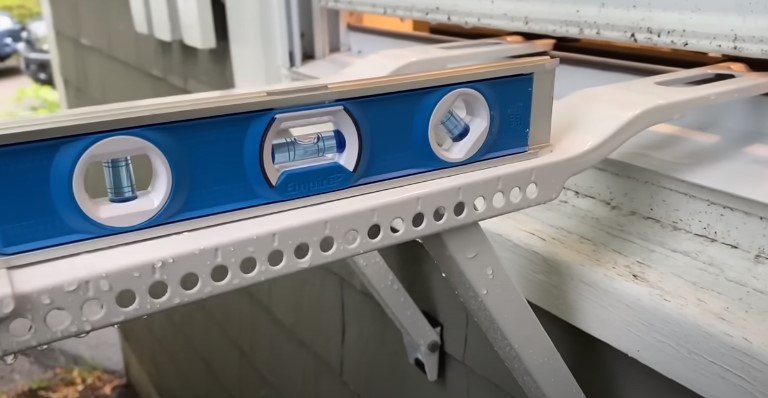
Harness Natural Ventilation
Take advantage of cooler evenings or early mornings by turning off the AC and opening windows to allow natural ventilation. This can help flush out hot air and bring in fresh, cool air from outside. Use window coverings, such as blinds or curtains, to block out direct sunlight during the hottest parts of the day.
Maintain Proper Sizing
Ensure that your window AC unit is properly sized for the room it is cooling. An oversized unit will consume excessive energy and lead to temperature fluctuations, while an undersized unit will struggle to cool the space effectively.
Consult with professionals or refer to manufacturer guidelines to determine the appropriate size for your specific room dimensions.
Consider Energy-Efficient Models
When purchasing a new window AC unit, opt for energy-efficient models. Look for units with an Energy Star certification, as they are designed to meet stringent energy efficiency standards.
Energy-efficient models may have a higher upfront cost but can save you money in the long run through reduced energy consumption.

Implementing these energy-saving strategies can help you minimize costs while enjoying the benefits of a window AC unit. By optimizing temperature settings, utilizing energy-saving modes, maintaining proper insulation, and incorporating other energy-efficient practices, you can stay cool while keeping your energy bills under control.
Is Running a Window AC Worth It?
Running a window AC can be worth it depending on various factors. Firstly, the climate of your location plays a significant role. If you reside in an area with hot and humid summers, a window AC can provide much-needed relief and comfort, making it worth the investment.
Additionally, if you spend a significant amount of time indoors during the summer or have specific temperature requirements for health reasons, a window AC can greatly enhance your quality of life.
Another aspect to consider is energy efficiency. Modern window AC units are designed to be more energy-efficient, helping you save on electricity bills in the long run. By choosing an energy-efficient model, properly maintaining the unit, and implementing energy-saving practices, you can mitigate the potential costs associated with running a window AC.

Furthermore, if you don’t have access to central air conditioning or if installing a central cooling system [1] is not feasible or cost-effective, a window AC becomes a viable and convenient solution. It provides localized cooling for specific rooms or areas, allowing you to cool the spaces you use, rather than cooling the entire house.
However, it’s important to consider the size of the space you want to cool, the initial cost of purchasing and installing the unit, and the ongoing maintenance and electricity expenses. If you have a large space or multiple rooms to cool, it may be more cost-effective to explore other cooling options.
Additionally, if you live in a region with mild summers or have low electricity rates, the benefits of running a window AC may not outweigh the costs.
Conclusion
Understanding the factors that affect the cost of running a window AC unit empowers homeowners to make informed decisions. By considering cooling capacity, energy efficiency, the number of units, comfort level, and features, one can strike a balance between comfort and cost-effectiveness while keeping cool.

